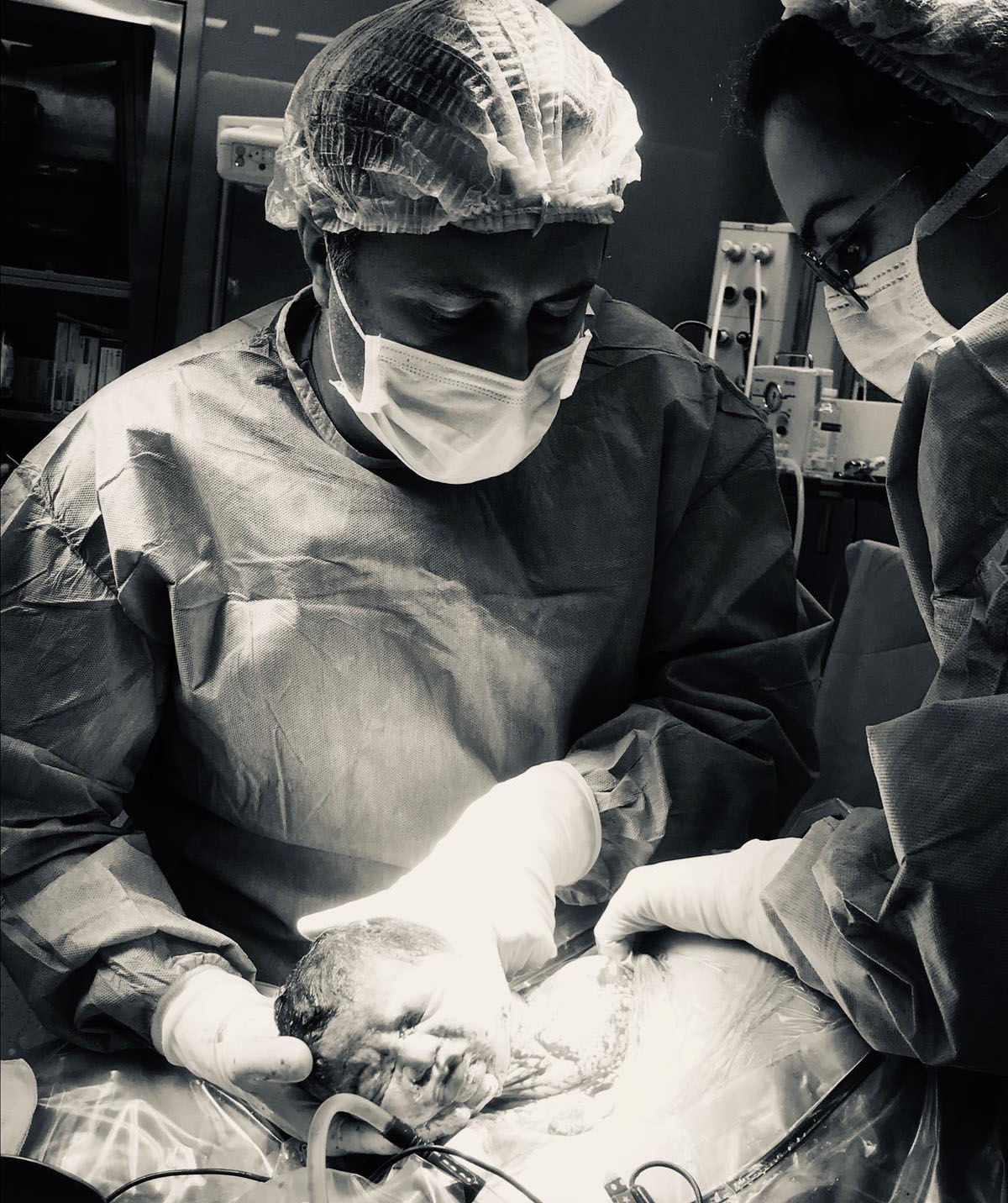What is a Cesarean Birth?
Pregnant women often have various questions in their minds. One of these is cesarean birth. Cesarean birth is the surgical method of delivering a baby when a normal vaginal birth cannot be performed due to unfavorable conditions related to the mother or baby. If there is a specific factor preventing the mother from having a vaginal birth or if the mother does not wish to have a vaginal birth, a cesarean birth may be decided upon after the evaluation of a specialist.
Today, with the advancements in anesthesia techniques, the availability of effective antibiotics for infections and sterility issues, as well as improvements in surgical stitching techniques, cesarean birth can be performed more easily. Cesarean births can be done at different stages of pregnancy, depending on the course of the pregnancy.
About 90% of cesarean births are generally uneventful. The issues commonly seen in all abdominal surgeries can also occur after a cesarean birth, including infection, bleeding, and wound problems. Fortunately, these issues are quite rare after a cesarean birth.
During the surgery, spinal anesthesia is generally applied, meaning that the lower half of the body is numbed. Afterward, the mother will begin to regain sensation in her legs within a few hours. At this stage, experiencing slight localized tingling sensations is completely normal. The abdominal area may be less sensitive compared to the leg area. Cesarean births are typically performed under epidural and/or spinal anesthesia, but in rare cases, general anesthesia may be required.
Before the surgery, an intravenous line is placed on the back of your hand or in your arm. Through this line, fluids and medications can be administered during and after the surgery.
A Cesarean is a surgical operation in which a cut is made in the abdominal area to deliver the baby from the mother's womb. Normally, a cesarean birth takes between 30 minutes to 45 minutes, but in cases of minor complications, it may take up to an hour. After the cesarean, dressing changes should be done to ensure proper healing. If antibiotics are recommended to prevent or minimize the risk of infection, they should be taken until all the medication is finished. You can take a shower, but it is advised to take it carefully to protect the stitches. Waterproof pads used during dressing changes are usually sufficient for this purpose.
It is important to ensure that the elastic of the underwear does not press against the stitches. The less tight the underwear around the waist, the better it is for the mother’s health.
Another concern after a cesarean is breastfeeding. Starting breastfeeding immediately after the cesarean, avoiding showering on the first day, getting plenty of rest, regularly walking, doing light exercises, using pads for vaginal bleeding, drinking plenty of fluids, eating healthily, and taking prescribed medications regularly are essential.
One problem a mother may experience after a cesarean is gas pain. To avoid this, the mother should stay away from foods and drinks that may cause gas. She should drink at least 3 liters of fluids to help with bowel movements.
It may take four to six weeks for you to return to your normal life after a cesarean operation. To pass this time with minimal pain, you should rest a lot, support your abdomen, and take medications under doctor supervision when necessary.
Feeling tired and weak during this period is quite normal. Postpartum bleeding generally does not indicate a serious or dangerous condition, as it is a common occurrence after birth. However, if the bleeding is significantly heavier than expected, you should consult a doctor. Initially, postpartum bleeding after a cesarean is heavy, clot-like, and red. Over time, it will lighten, turning pink, then yellow, and eventually white. It may continue as a discharge for a while, and will usually stop within 4-6 weeks.
If you have any bleeding, you may need to use pads, but the important thing is to change them regularly and systematically to prevent infection and inflammation. Additionally, medications may be given to reduce bleeding and help the uterus return to its normal state. These medications help blood vessels return to their original condition and reduce the bleeding.
If the mother has milk, she can begin breastfeeding the baby without delay.
For a certain period of time after birth, the mother should avoid lifting heavy objects and should refrain from sexual intercourse for up to forty days.
For more information and support regarding Cesarean Birth, you can contact our clinic using our contact number.






